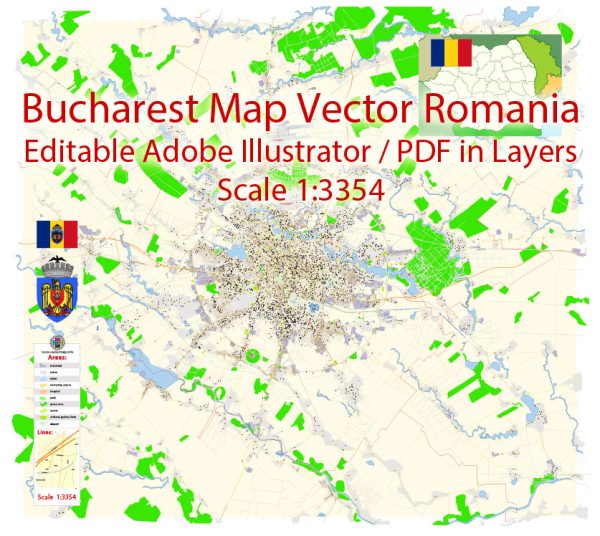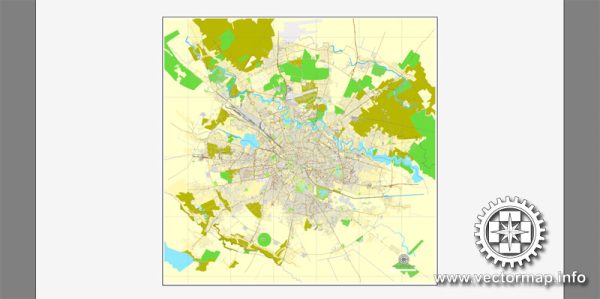Bucharest, the capital and largest city of Romania, has a rich history of urban development that spans centuries. The city’s growth and evolution have been influenced by a variety of historical, cultural, and political factors. Here’s a brief overview of the history of urban development in Bucharest:
- Early Settlements: The area where Bucharest is now located has been inhabited since ancient times. It was initially a Dacian settlement and later became a Roman camp known as “Daciarum.” After the Roman withdrawal from the region in the 3rd century, the area was subjected to various migrations and invasions.
- Middle Ages: During the Middle Ages, the region of Wallachia, of which Bucharest is a part, experienced several changes of capital cities. Bucharest was first mentioned in historical records in 1459 when it became the residence of Wallachian ruler Vlad III, known as Vlad the Impaler. It gradually developed as a market town and a hub for trade.
- Ottoman Influence: In the 16th century, the Ottoman Empire’s influence expanded over Wallachia, and Bucharest was established as an Ottoman provincial center. This period of Ottoman rule had a significant impact on the city’s architecture and culture, with the construction of mosques and other Ottoman-style buildings.
- 19th Century: In the 19th century, Bucharest experienced a period of modernization and urban development. Under the rule of Prince Alexandru Ioan Cuza, many improvements were made, including the construction of roads, bridges, and the city’s first gas streetlights. The late 19th century saw a “Belle Époque” period, characterized by the construction of impressive palaces and buildings in various architectural styles, including neoclassical, art nouveau, and eclectic.
- Early 20th Century: Bucharest continued to grow and modernize in the early 20th century. The city’s infrastructure was expanded, and the development of public transportation, such as trams and a subway system, began. The architectural landscape continued to evolve, reflecting the influence of various European architectural trends.
- Communist Era: The mid-20th century brought significant changes to Bucharest during the communist era under the leadership of Nicolae Ceaușescu. The city experienced rapid industrialization, which led to the construction of large apartment complexes and grandiose civic projects, such as the Palace of the Parliament, one of the world’s largest administrative buildings. Many historic neighborhoods and buildings were demolished to make way for these new developments.
- Post-Communist Era: After the fall of communism in 1989, Bucharest underwent a period of transformation and revitalization. The city began to embrace democratic reforms and a market economy, which brought both challenges and opportunities. The post-communist era saw the preservation and restoration of historic neighborhoods and landmarks, as well as the development of a more diverse and dynamic urban environment.
Today, Bucharest is a bustling European capital with a mix of architectural styles that reflect its complex history. It’s a city that continues to evolve, balancing its rich heritage with the demands of the modern world. The urban development of Bucharest is a testament to its resilience and adaptability over the centuries.



 Author: Kirill Shrayber, Ph.D.
Author: Kirill Shrayber, Ph.D.